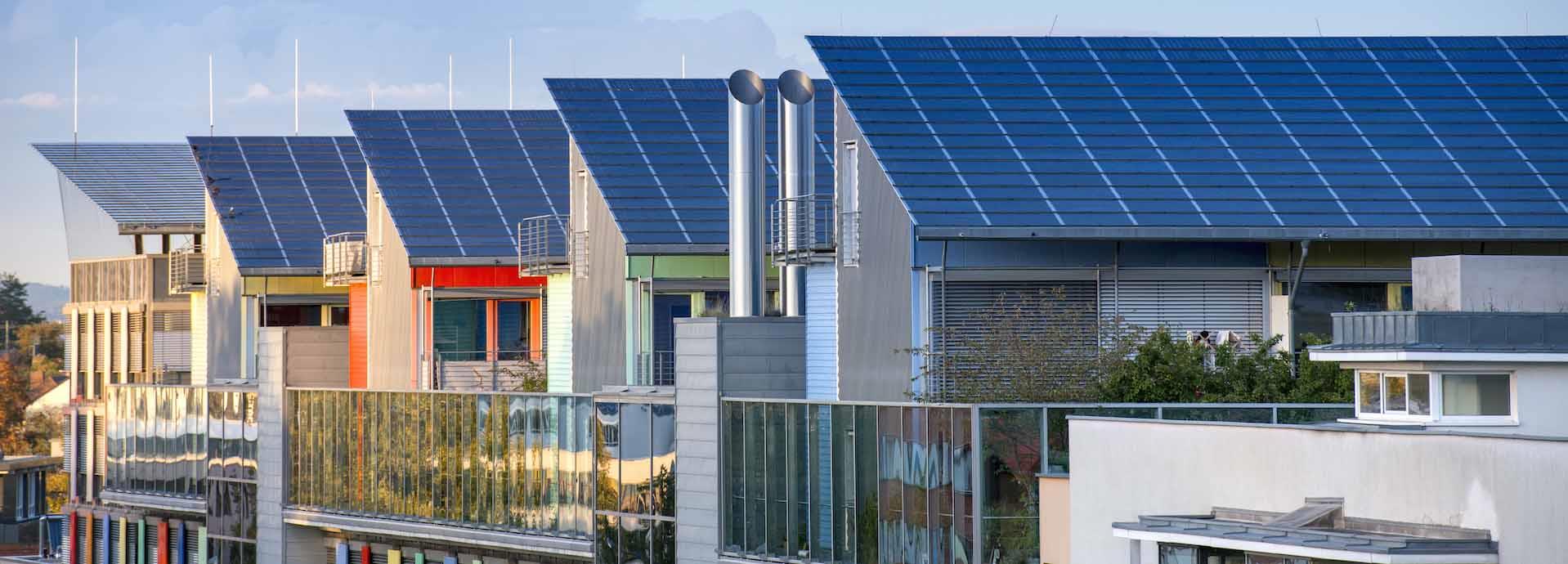

Germany has been a strong advocate for the transition to renewable energy, particularly in the electricity sector, but for progress to continue, new strategies have to be incorporated.
In the first half of 2020, overall renewable energy production — led by wind power —exceeded power generated by fossil fuels in Germany for the first time in history. The country also has aggressive plans to expand its wind capacity. It has introduced a major stimulus program for sustainability and innovation and intends to increase its offshore wind power capacity target from 15 to 20 GW by 2030.
There are two main problems hindering the further expansion of wind power in Germany, however. One is that wind power is unpredictable and inconsistent. Using it effectively requires storage capacity, but battery technology remains expensive. The second is that many sectors of the German economy still depend on fossil fuels. Heating for homes, power for transportation and power for many heavy industries have yet to embrace renewable sources.
Sector coupling could solve both these problems.
Turning wind into heating
Sector coupling requires the broad electrification of major energy-consuming sectors like housing and transportation, moving them away from using fossil fuels for power to instead using electricity produced from renewable sources. This can be accomplished in part through Power-to-X technologies. Power-to-X allows excess energy produced from renewable sources like wind to be channelled into other forms of energy, like energy efficient heat pumps or electric boilers for heating.
“In the decarbonisation discussion today, there is a lot of talk about renewable energy and how to reduce the carbon intensity of electricity, but many times, the decarbonisation of heating is not so much at the forefront, even though about twice as much energy is consumed as heat compared to electricity,” says Jan Andersson, Market Development Manager, Wärtsilä Energy Business. “To achieve the carbon neutrality goals, the decarbonisation of heating will play a big role.”
While Power-to heat is one important way renewable energy can be reused, another is Power-to-fuel, which transforms excess clean energy into hydrogen, synthetic methane, synthetic methanol, or another future fuel. This process allows excess wind power to be stored in the form of fuel that can be used to run thermal combined heat and power (CHP) plants during low wind days. Wärtsilä already has agreements to supply several CHP plants in Germany, including a 100 MW CHP plant to Kraftwerke Mainz-Wiesbaden (KMW), a 90 MW CHP plant to supply electricity and district heating for Dresden, and a 105 MW CHP plant in Bremen. Power-to-X technologies ensures that they will have important roles to play in the future.
Cheaper, cleaner energy
Power system modelling shows the potential for sector coupling to accelerate Germany’s transition to a 100% renewable energy future. Using the PLEXOS power system optimisation software, Wärtsilä modelled a 100 MW typical load for an average city in Germany in 2030 considering different shares of renewables. The team modelled three different scenarios and found that for all of them, energy prices fell with sector coupling and the use of Power-to-X.
In addition to the cost benefits indicated by modelling, a change in energy tariffs to decrease the overall price of electricity would help the sector grow, says Oldag Caspar, team leader for European climate politics at the think tank Germanwatch.
“We urgently need to reform energy tariffs, which currently often constitute an obstacle for sector integration. This includes energy taxes, grid fees, and first of all, reforming the emissions trading system. It would be helpful if electricity became cheaper, while prices for competing fossil solutions like natural gas need to go up,” Caspar says.
Andersson says that additionally, consumers need to think differently about the possibilities for electricity.
“On a general level, I think we also need to acknowledge the mindset change that is needed to use electricity for heating,” Andersson says.
At the moment, only about 20% of the housing sector in Germany uses electricity for heating and electricity is used for just over 1% of the transportation and mobility sector. Having consumers recognise the value of increased electrification from both a financial and environmental perspective will help push sector coupling forward.

